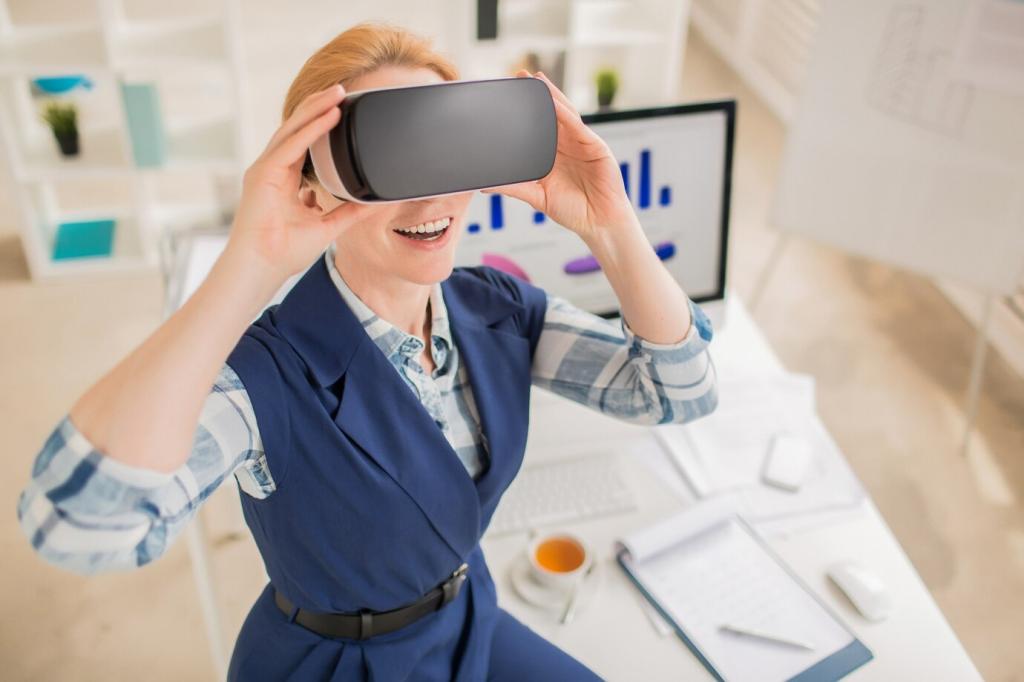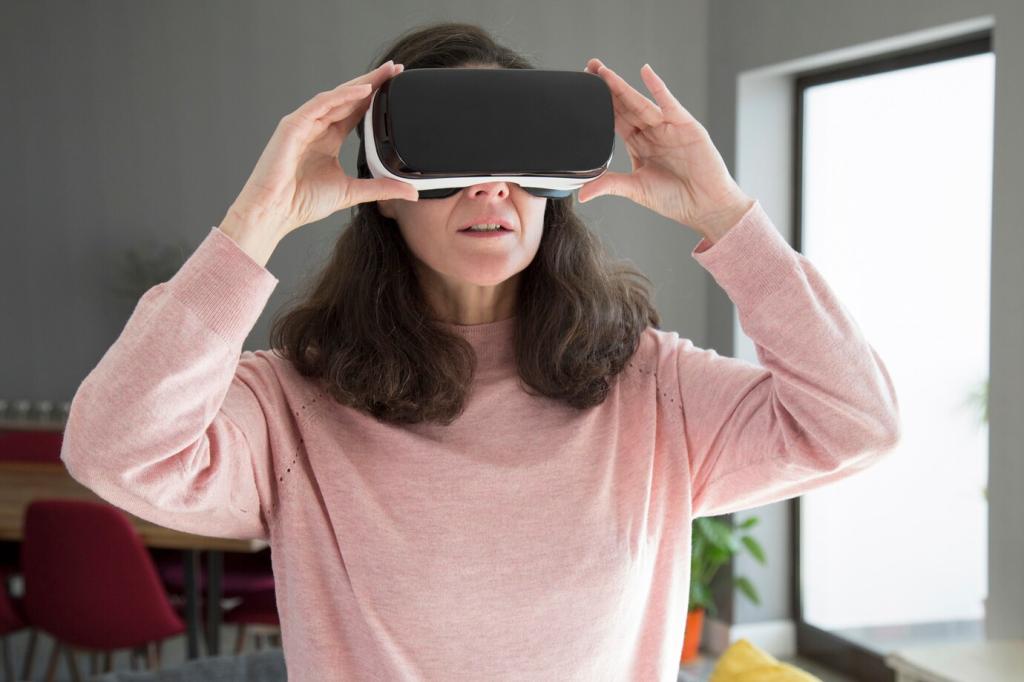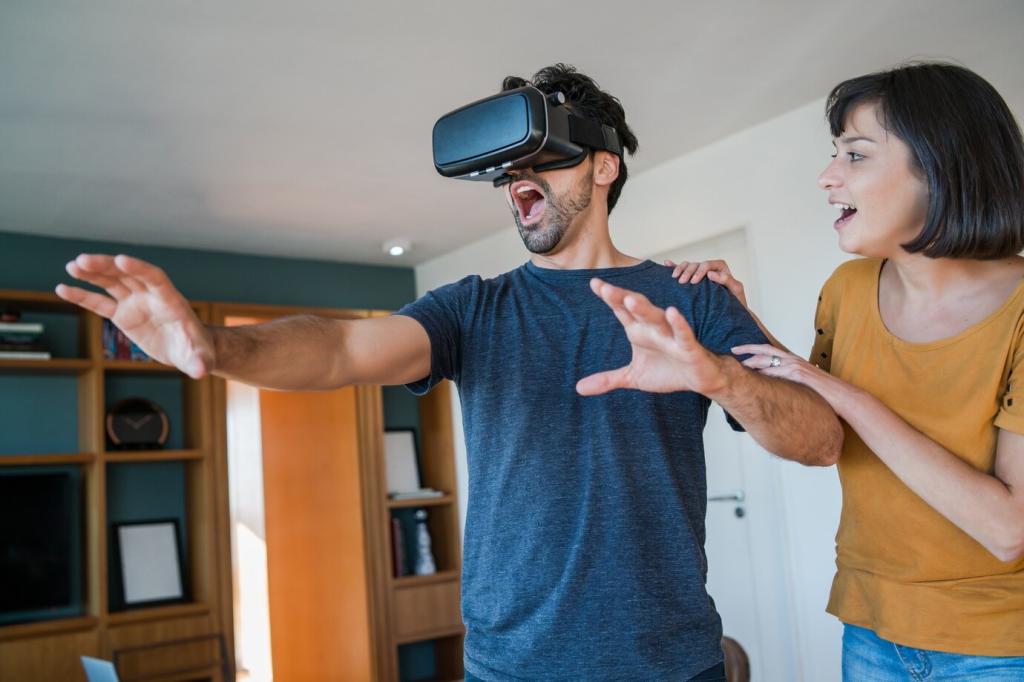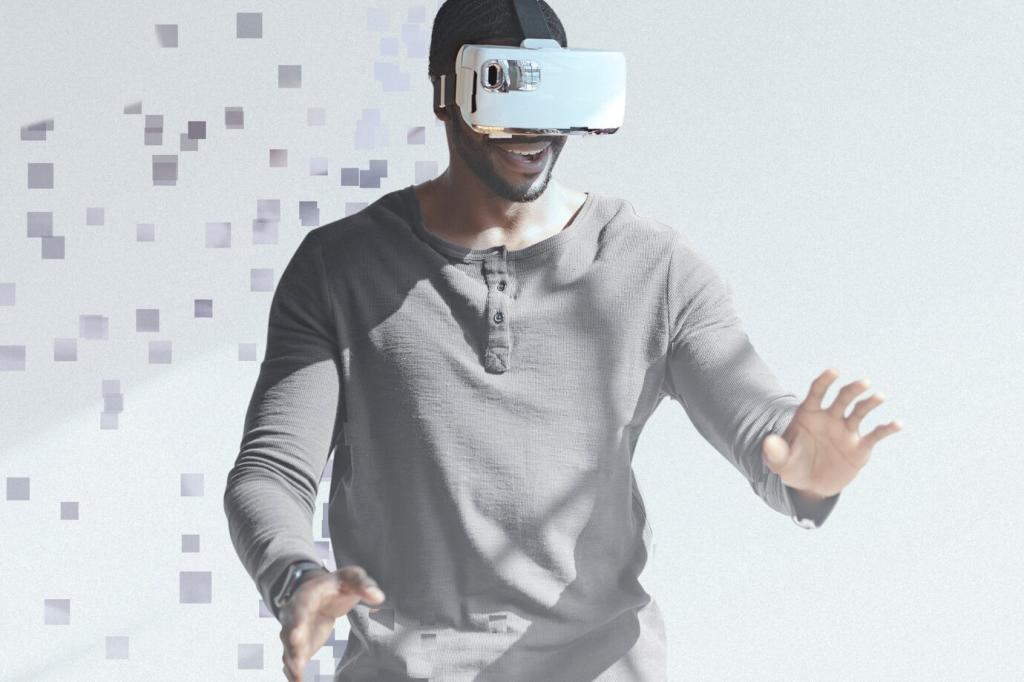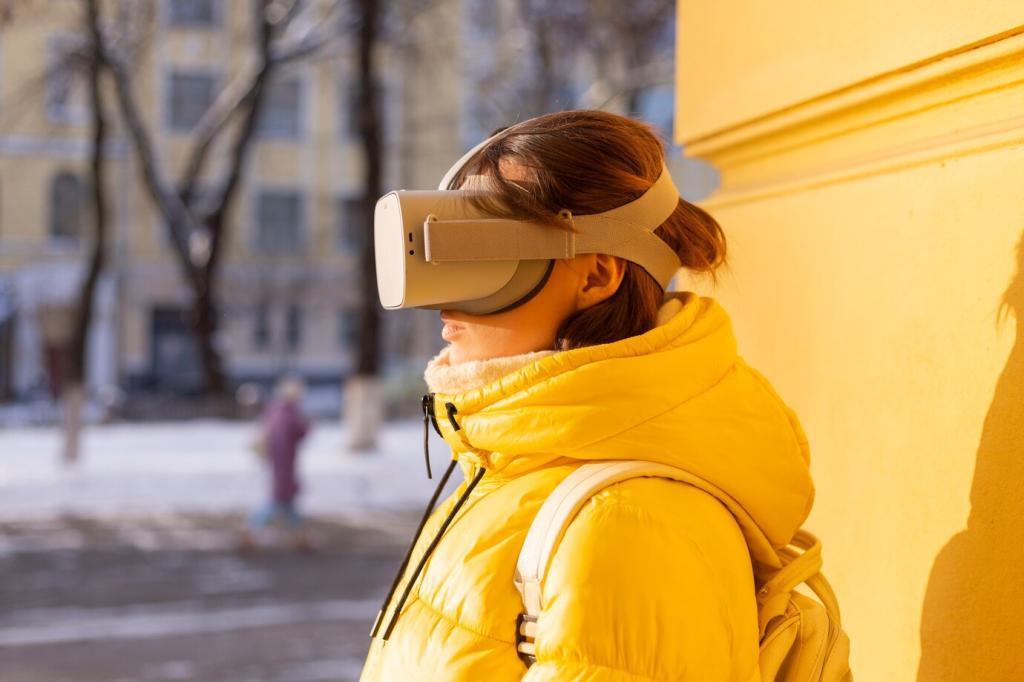Prototyping and Testing AR Experiences
Tape outlines, foam blocks, and paper panels can approximate depth and placement magnificently. Walk the route, point where UI might hover, and observe posture changes. You will spot occlusion, scale, and pacing issues far sooner than in a static Figma board.
Prototyping and Testing AR Experiences
A museum pilot used a guide triggering audio and overlays manually. Visitors flowed naturally, but paused too long at dense labels. We trimmed text, layered micro-facts, and saw completion rates jump without reducing delight or curatorial depth in any way.
Prototyping and Testing AR Experiences
Track path efficiency, error locations, dwell time on overlays, reorientation frequency, and user-reported comfort. Combine heatmaps of gaze with completion time to spot friction. Share your metric set, and we’ll swap dashboards shaped for spatial diagnostics.

